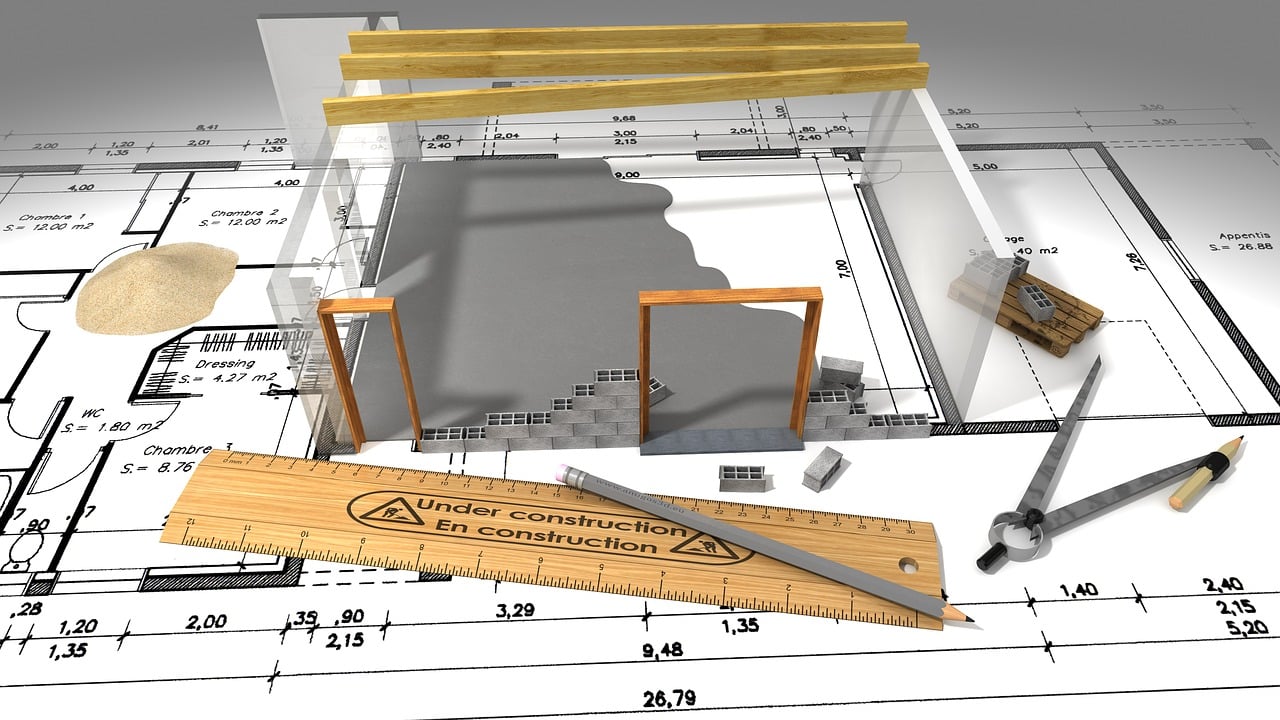Architect Building Dreams

-
Table of Contents
The journey of an architect is a fascinating blend of creativity, technical skill, and a deep understanding of human needs. This article explores the various stages and experiences that shape an architect’s career, from education to the realization of iconic structures.
Education and Early Training
Becoming an architect begins with a solid educational foundation. Most aspiring architects pursue a degree in architecture, which typically involves rigorous coursework in design, mathematics, and engineering principles. Accredited programs often include:
- Design Studios
- History of Architecture
- Structural Systems
- Environmental Systems
- Building Technology
Internships and practical training are integral parts of an architect’s education. These experiences provide hands-on learning opportunities and exposure to real-world challenges. Many students work under the supervision of experienced architects, gaining insights into project management, client interactions, and the intricacies of construction.
Licensing and Certification
After completing their education, aspiring architects must obtain licensure to practice professionally. This process typically involves passing the Architect Registration Examination (ARE), which assesses knowledge and skills across various aspects of architecture. Requirements for licensure vary by region but generally include:
- Completion of a professional degree in architecture
- Documented experience under a licensed architect
- Successful completion of the ARE
Continuing education is often required to maintain licensure, ensuring that architects stay updated with the latest advancements and regulations in the field.
Design Philosophy and Inspiration
Every architect develops a unique design philosophy that guides their work. This philosophy is often influenced by personal experiences, cultural heritage, and exposure to various architectural styles. Some architects draw inspiration from nature, while others focus on sustainability and environmental impact.
Renowned architect Frank Lloyd Wright, for example, emphasized organic architecture, which harmonizes buildings with their natural surroundings. His iconic Fallingwater house exemplifies this philosophy, seamlessly integrating the structure with the surrounding landscape.
Challenges and Problem-Solving
The path of an architect is fraught with challenges that require innovative problem-solving. Balancing aesthetic appeal with functionality, adhering to budget constraints, and navigating regulatory requirements are just a few of the hurdles architects face. Successful architects are adept at finding creative solutions that meet client needs while adhering to practical limitations.
One notable example is the Burj Khalifa in Dubai, the world’s tallest building. The design and construction of this architectural marvel involved overcoming numerous engineering challenges, such as wind resistance and structural stability. The result is a testament to human ingenuity and the relentless pursuit of excellence.
Impact on Society
Architects play a significant role in shaping the built environment and, by extension, society itself. Thoughtfully designed spaces can enhance quality of life, foster community engagement, and promote sustainability. Public buildings, parks, and urban planning projects all benefit from the expertise of architects.
The High Line in New York City is a prime example of how architectural innovation can transform urban spaces. This elevated park, built on a disused railway track, has revitalized the surrounding neighborhoods, providing green space and recreational opportunities for residents and visitors alike.
Technological Advancements
The field of architecture has been profoundly impacted by technological advancements. Computer-Aided Design (CAD) software, Building Information Modeling (BIM), and virtual reality tools have revolutionized the way architects conceptualize and present their designs. These technologies enable more precise planning, efficient collaboration, and immersive client experiences.
For instance, Zaha Hadid Architects have leveraged parametric design software to create complex, fluid forms that would be challenging to achieve using traditional methods. The Heydar Aliyev Center in Baku, Azerbaijan, showcases the firm’s innovative use of technology to push the boundaries of architectural design.
Sustainability and Green Architecture
As environmental concerns become increasingly pressing, architects are prioritizing sustainability in their designs. Green architecture focuses on minimizing environmental impact through energy-efficient systems, sustainable materials, and eco-friendly construction practices. This approach not only benefits the planet but also enhances the well-being of building occupants.
The Bullitt Center in Seattle is often cited as one of the greenest commercial buildings in the world. It features solar panels, rainwater harvesting, and composting toilets, demonstrating how sustainable design can be both practical and aesthetically pleasing.
The Future of Architecture
The future of architecture promises exciting developments as architects continue to push the boundaries of creativity and innovation. Emerging trends include smart buildings equipped with advanced technologies, adaptive reuse of existing structures, and a greater emphasis on community-centric design.
One emerging trend is the use of 3D printing in construction. This technology has the potential to revolutionize the industry by enabling faster, more cost-effective building processes. The first 3D-printed office building in Dubai serves as a pioneering example of this cutting-edge approach.
Conclusion
The journey of an architect is a dynamic and rewarding one, marked by continuous learning, creative exploration, and a profound impact on the world around us. From education and licensure to design philosophy and technological advancements, each stage of an architect’s career contributes to the realization of dreams in the form of built environments. As we look to the future, architects will continue to shape our cities and communities, leaving a lasting legacy for generations to come.